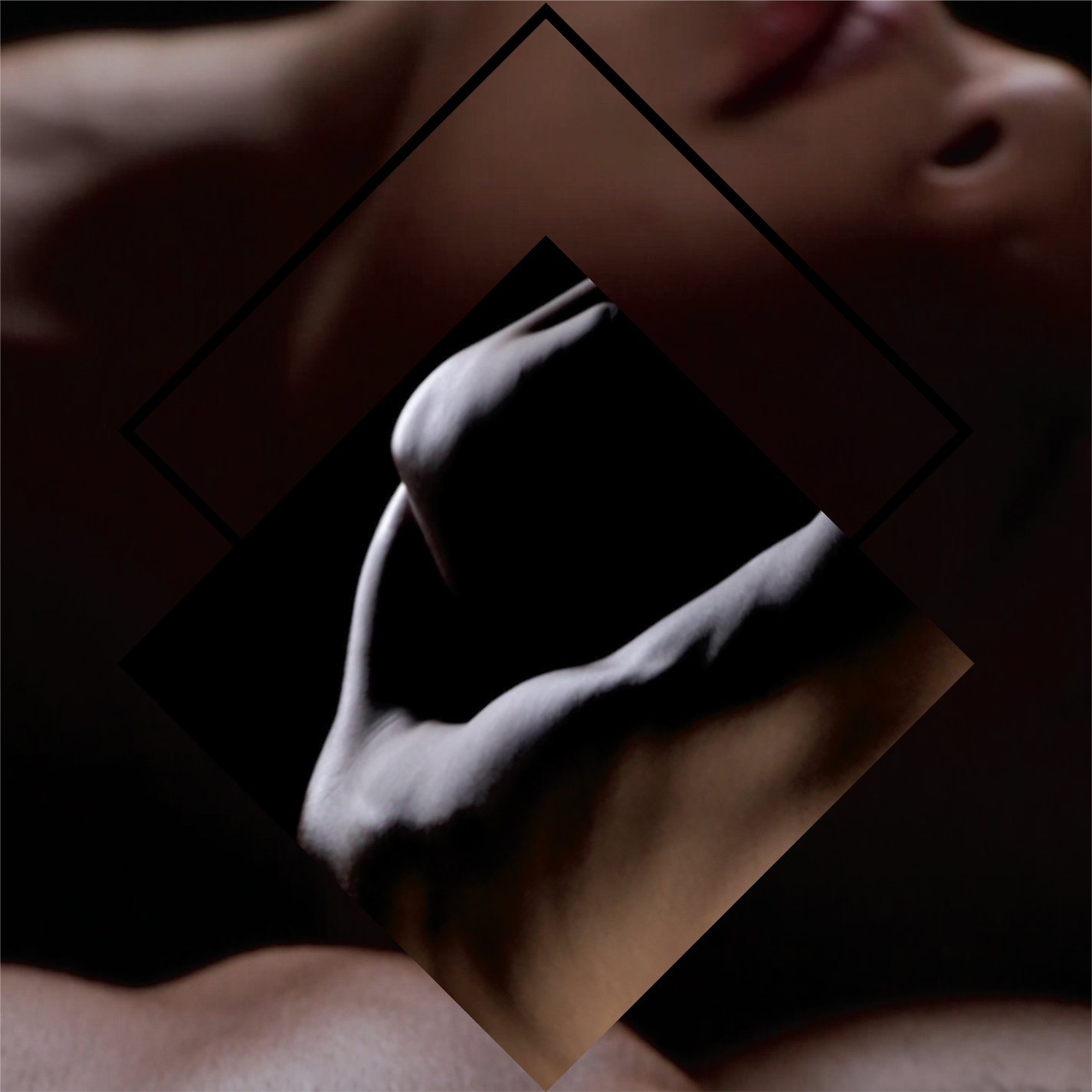Though such strands of thought have been present on the fringes of experimental music since its genesis, within the last several years we’ve seen a newly academic take on the textural possibilities of the human voice and how those possibilities can be integrated into established forms. Composers worldwide are doing their best Alvin Lucier impersonations, though contextualizing it within the overarching themes of their respective movements.
Juliana Barwick took a heavenly coo, looped it ad infinitum and established it as a bedrock for a deeply humanized drone. Rachel Evans (of Motion Sickness of Time Travel and Quiet Evenings) uses hers as abstract impressionist drip paint, casting it across the pale construction of her spacious synth explorations. Julia Holter took her own operatic yawn and approach to melody and married it to brittle songwriting somewhere in between Debussy-an minimalistic classical efforts and more run of the mill indie pop referents. Andy Stott added the melancholic vocal chops of his ex-piano teacher, Alison Skidmore, to his already nauseating brand of dub-inflected techno and warped them beyond recognition–going beyond the usual slash-and-sample of dance music and turning her voice into an instrument in and of itself.
Holly Herndon’s live vocal manipulations have mirrored the same movement while still transcending it entirely. Rather than attempt to contextualize her own vocal concoctions within a larger more digestible style, she flaunts the experimentation for its own sake. With pieces such as “Dilato” (Italian for “to strech or to dilate”) Herndon could go as spare as she wanted, relying on her voice to carry the texture of the track. And in the case of that aforementioned piece, it’s carried into very dark places indeed.
Here Movement, her debut for RVNG Intl., functions in someways as a graduate thesis on live manipulations. Compiling pieces that, like “Dilato,” have been around since at least 2010, it’s a summation of the best that these last few years have afforded her. This album, while lacking in intense stylistic unity and a dramatic narrative arc, represents the boundary pushing that’s often begged for by an increasingly fickle music community.
The opener “Terminal” begins with a noisy flutter, but after that atypically sterile moment, Herndon’s voice makes its first appearance, not in a floaty Barwick-ian coo, but in chopped machinations, almost percussion-like in their attack. It’s a trick that Herndon will use throughout (and has for the last several years), warping the singing voice beyond even its melodic capabilities, using it as just a pitched tick in the overwhelming gothic malaise of the track as a whole. Even just two tracks later, “Breathe,” perhaps the most evident example of her experimentation, represents a major stylistic departure from what Herndon established early on. Herndon’s voice here is a gasp, a moan, a sharp intake of breath, that’s used to spin a horror soundtrack slither rather than the dancefloor indebted bowel-rattler that “Terminal” trended toward. Nevertheless, the humanization brought about by Herndon’s vocals, even in their mechanized forms, tie the loose ends of the tracks together. What could easily be dismissed as a disjointed collection of barely related tracks is given structure and function by the constancy of her warped vocals.
Even the aforementioned “Dilato,” which relies solely on Herndon’s quavering vocals and effects to augment them, works to curdle the blood. It’s a bassy, booming, sinewy track, constructed solely through Herndon’s insistent repetition of the title. It’s inherently human in its construction, but it feels so alien. Such is the dichotomy that Herndon explores on this record, it’s not just what the human voice can do for Herndon’s style–for in all honesty, an overarching aesthetic of her music has yet to be attained–it celebrates the possibility of the human voice as an instrument, as a tool.
It’s almost as if through the compilation of several years of work Herndon has constructed something more akin to an art exhibition, a monument to the boundaries of her experiments than an album. Her warped vocals hang on the walls, setting forth most evidently the stomach-churning inertia she explores. Though academic in its tone, and impenetrable at points due to it’s uncompromising focus on experimentation, Movement looks inward, probing the possibility of humanity even through an album centered on electronic instrumentation.

